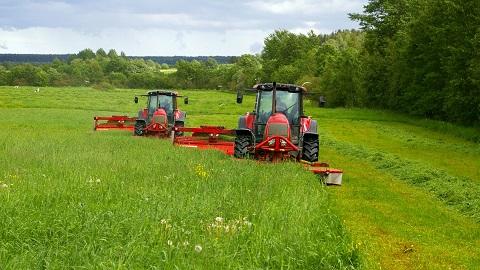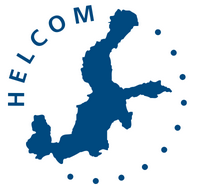The challenge
Agriculture is a major source of nutrient inputs to the Baltic Sea, contributing to over 70-90% of nitrogen and 60-80% of phosphorus diffuse, accounting for almost half of the total waterborne inputs to the sea. Additionally, the majority of reactive nitrogen (ammonia) in airborne nitrogen deposition to Baltic Sea also originates from agriculture. Since the enlargement of the EU in the Baltic region, agricultural production and fertilizer use in the catchment have increased.
Milder winters, which have predominated in recent years, also contribute to increased nutrient input. Fields that were previously frozen and snow-covered for numerous months a year now have increased runoff with higher winter precipitation, not as snow but water. Climate change scenarios for the future predict increasing winter rains in the northern parts of Baltic Sea basin, thus further exacerbating the problem.
Reducing diffuse nutrient loads from agriculture is more complicated than cutting loads from point sources. Although the implementation of agri-environmental measures is expected to promote reductions in nutrient loads from agriculture, there is evidently a considerable time lag between the implementation of agricultural water protection measures and any visible effects in water bodies, partly due to the retention of nutrients in the catchment area. HELCOM has stressed the need to accelerate the process of integration of environmental and sustainable development aspects in agriculture, for instance through reforming the EU Common Agricultural Policy.
Intensified development of industrial production of cattle, pigs and poultry in the Baltic Sea catchment area has led to the creation of a new segment of pollution point sources, adding significantly to nutrient loads. These installations are already partly addressed through relevant European legislation (e.g., Industrial Emissions Directive) in the same manner as industrial point sources, as well as by establishment of specific requirements for large cattle, poultry and pig farms in the Helsinki Convention (see part 2 Annex III of the Convention).

In order to reach the overall eutrophication goal for the Baltic Sea, nutrient loads should not exceed the 2021 Baltic Sea Action Plan (BSAP) defined maximum allowable inputs of nitrogen and phosphorus to the Baltic Sea sub-basins. The reduction potential for nutrient inputs from agricultural fields encourages further measures to cut losses in this sector, especially considering improvements in the municipal wastewater treatment sector. However, tackling loads from agriculture is challenging and requires tailor-made solutions for sustainable agricultural practices, devised together with competent experts from the agricultural field.
